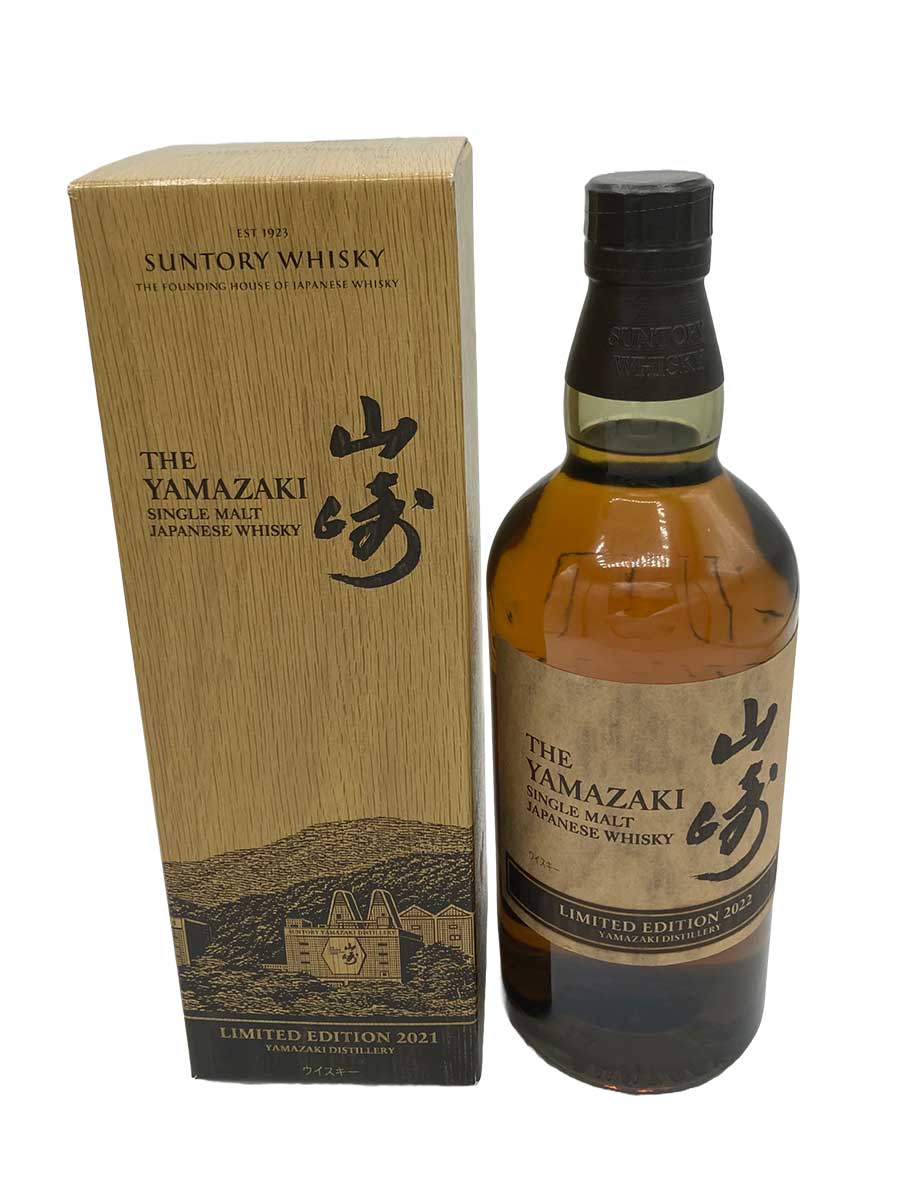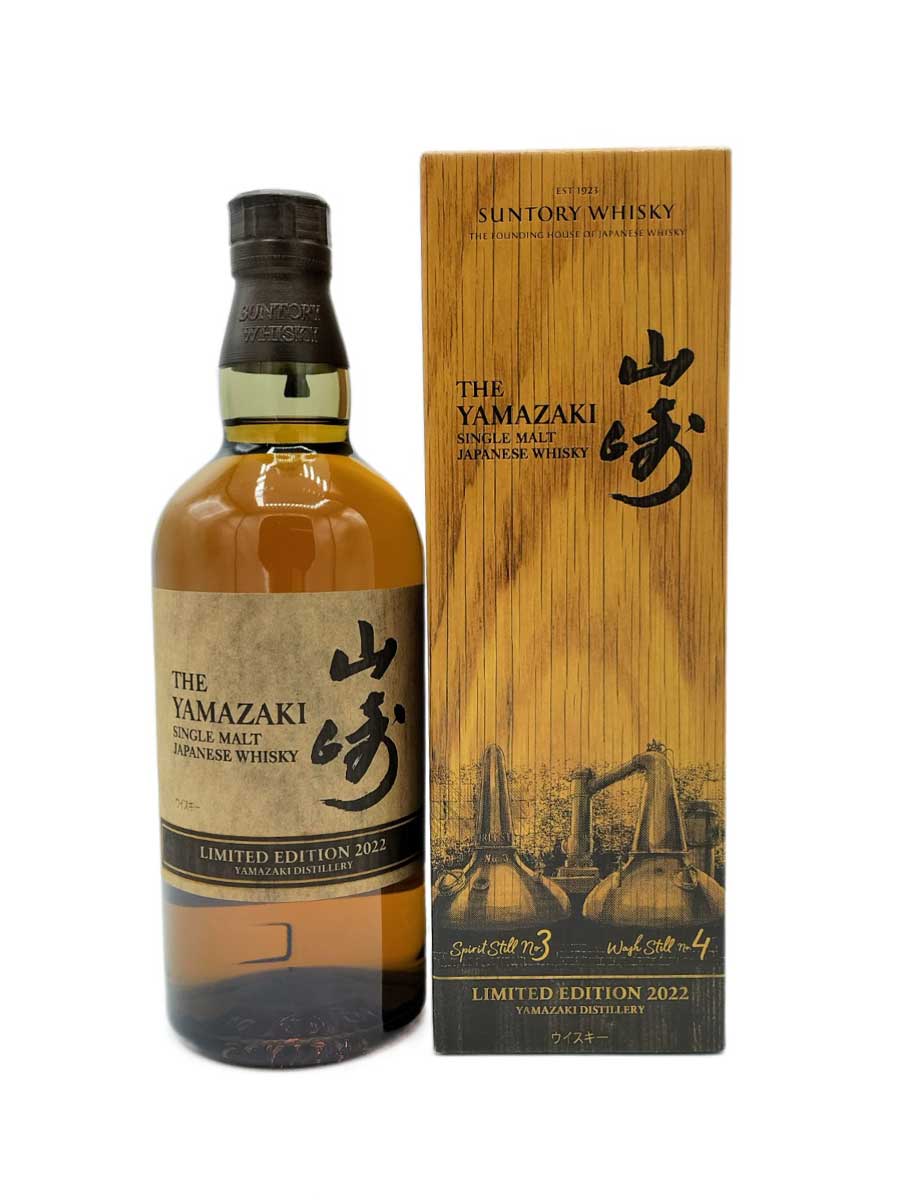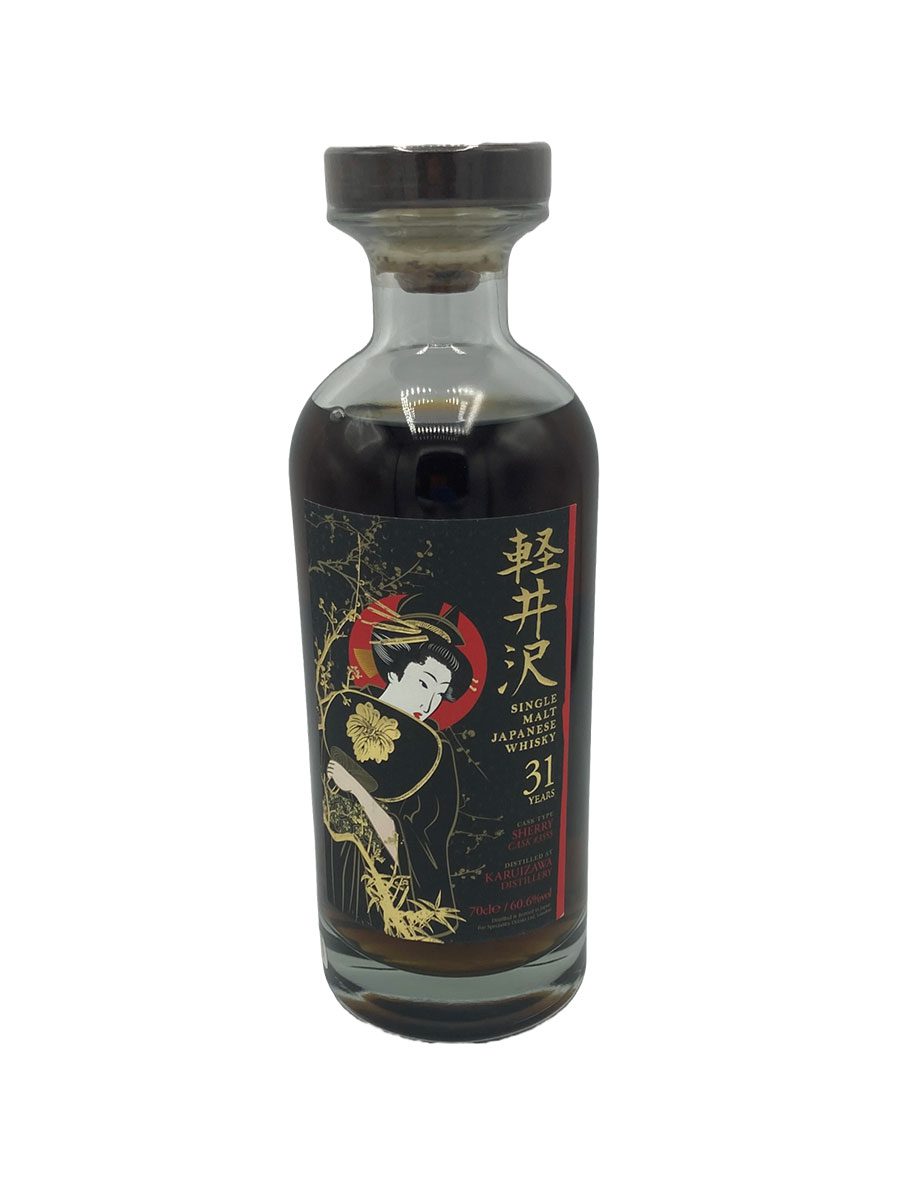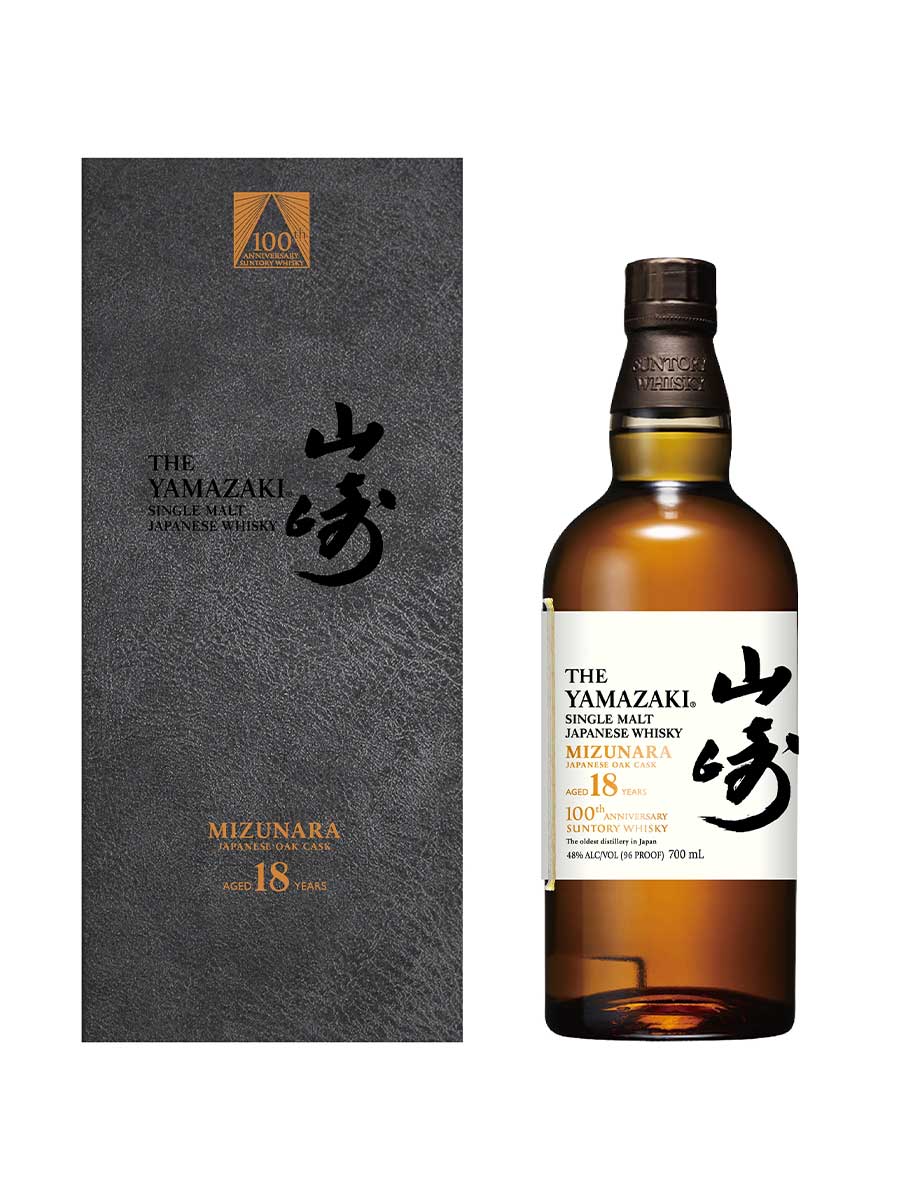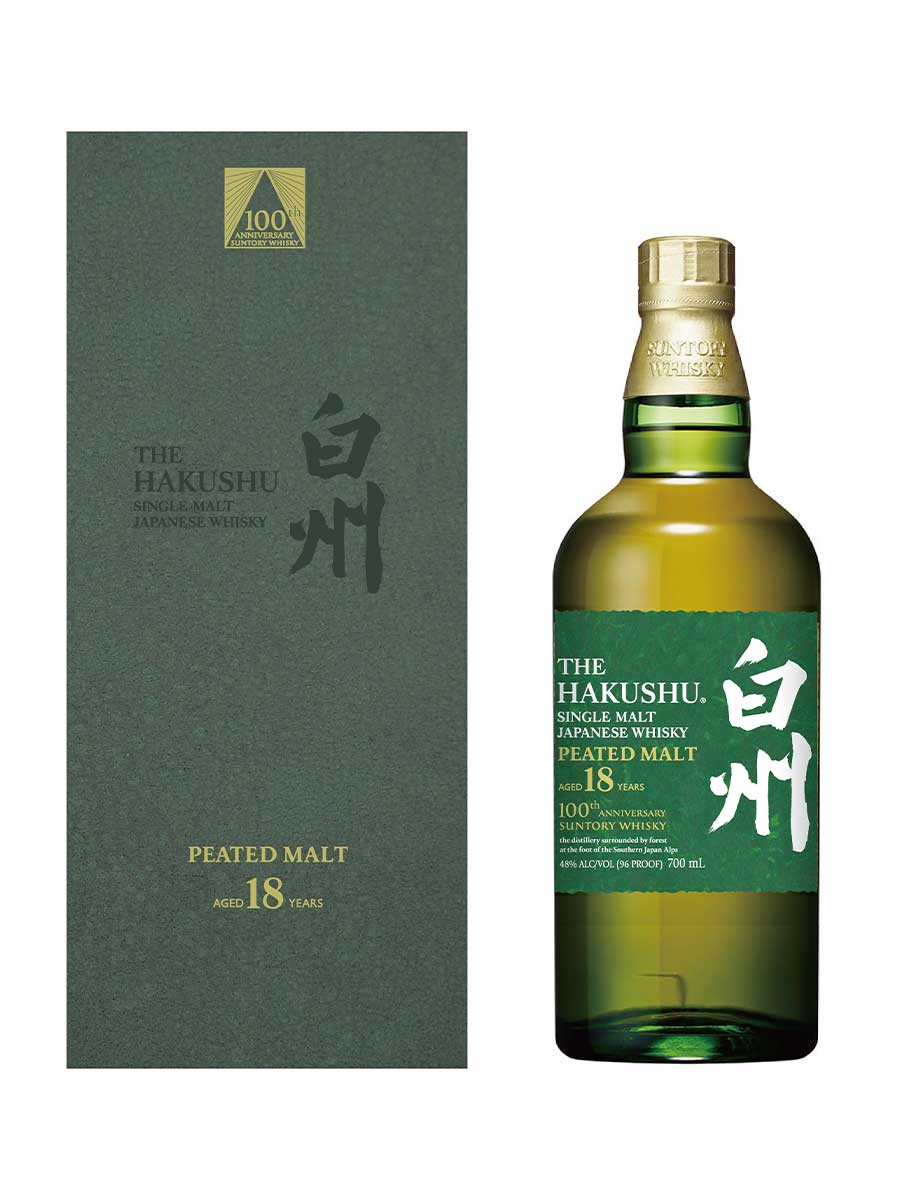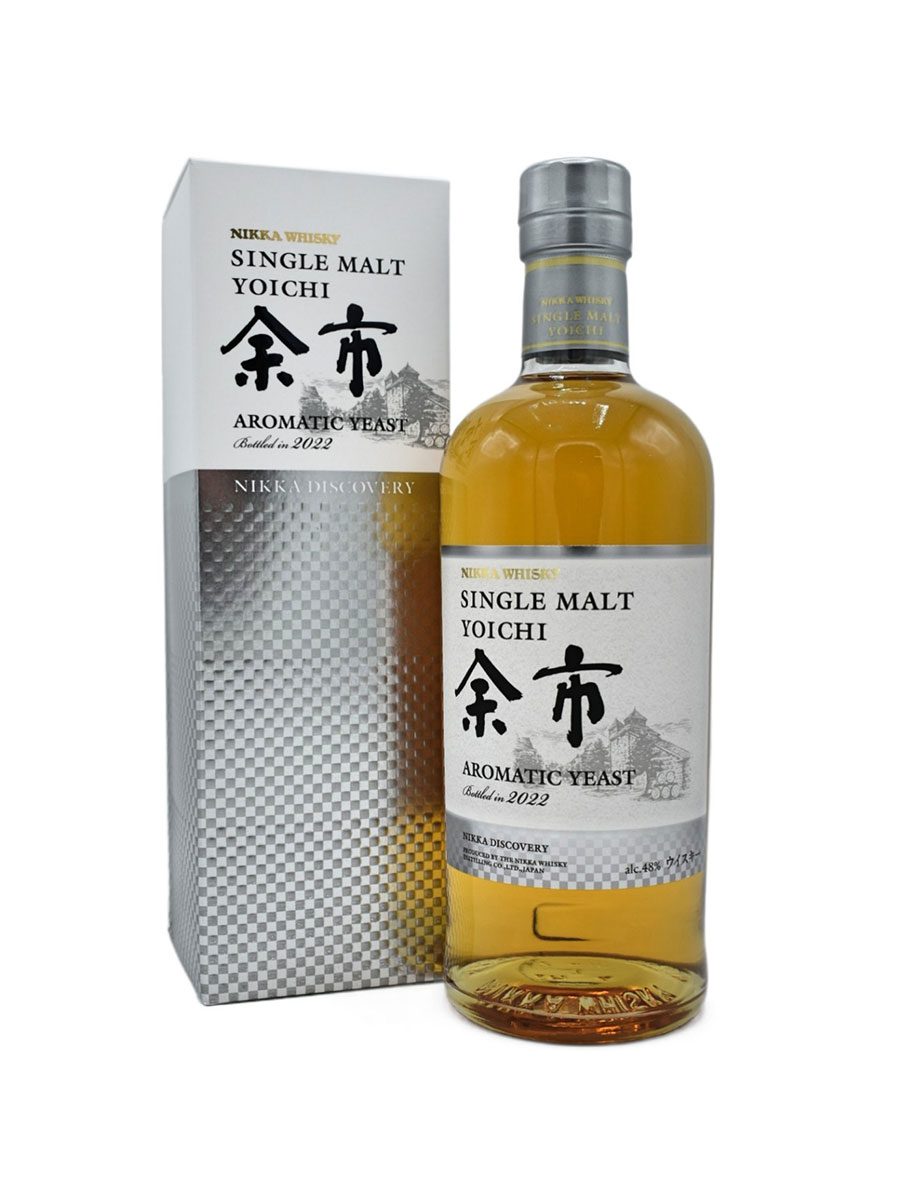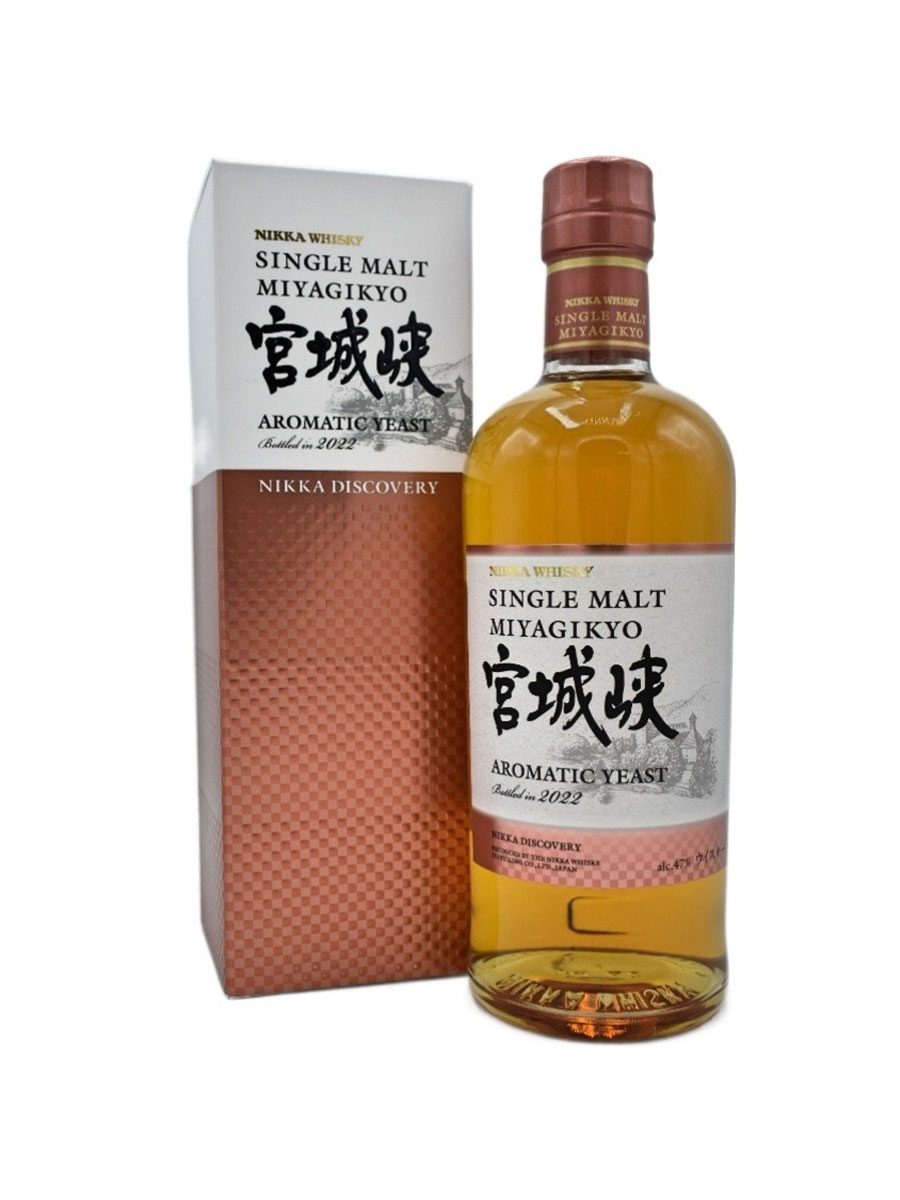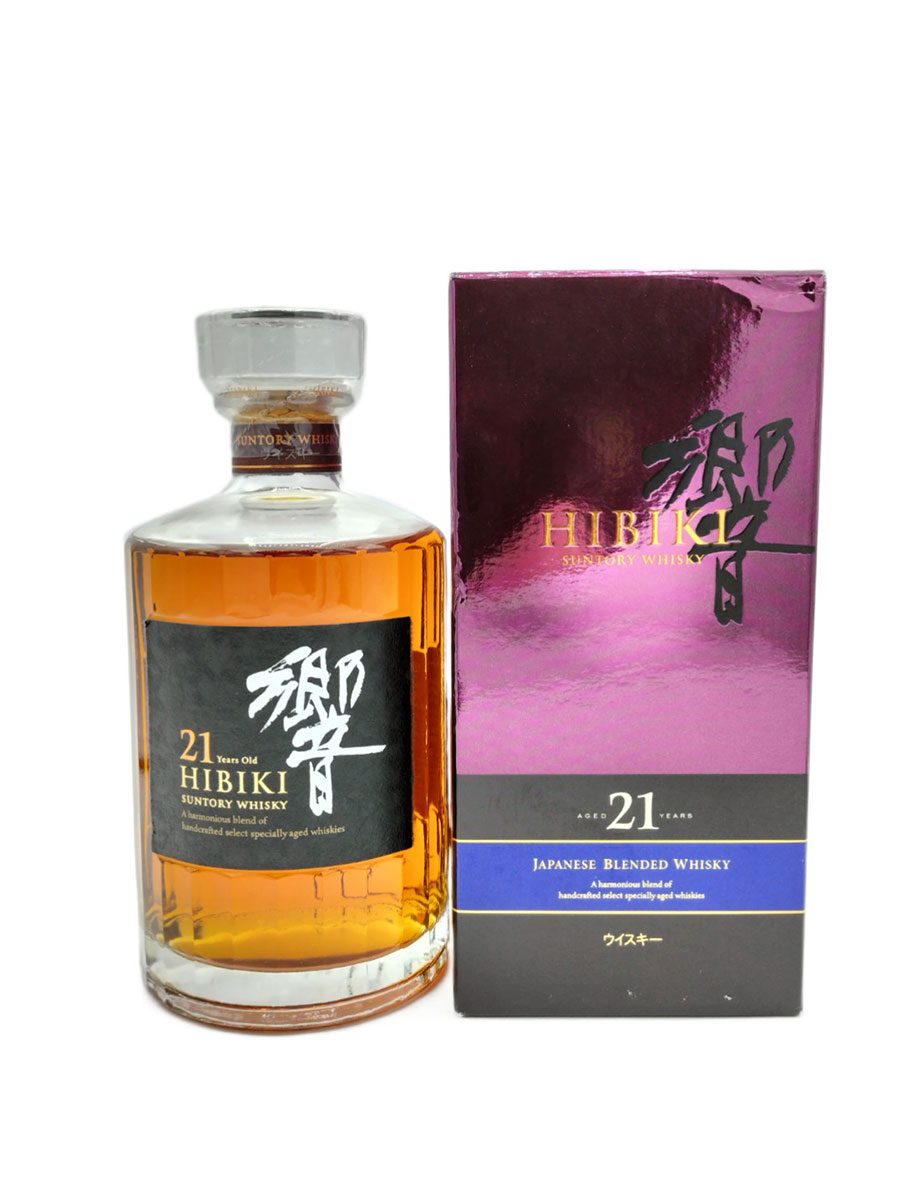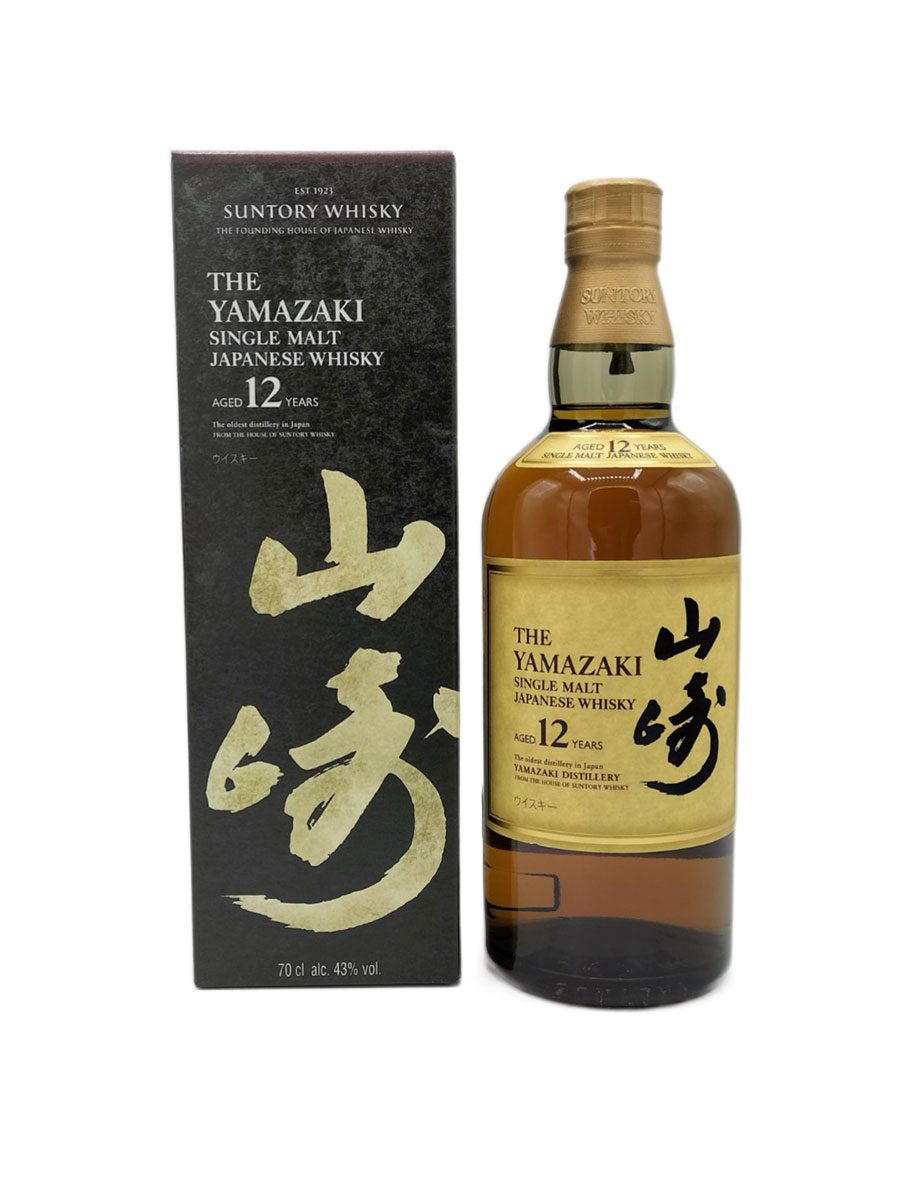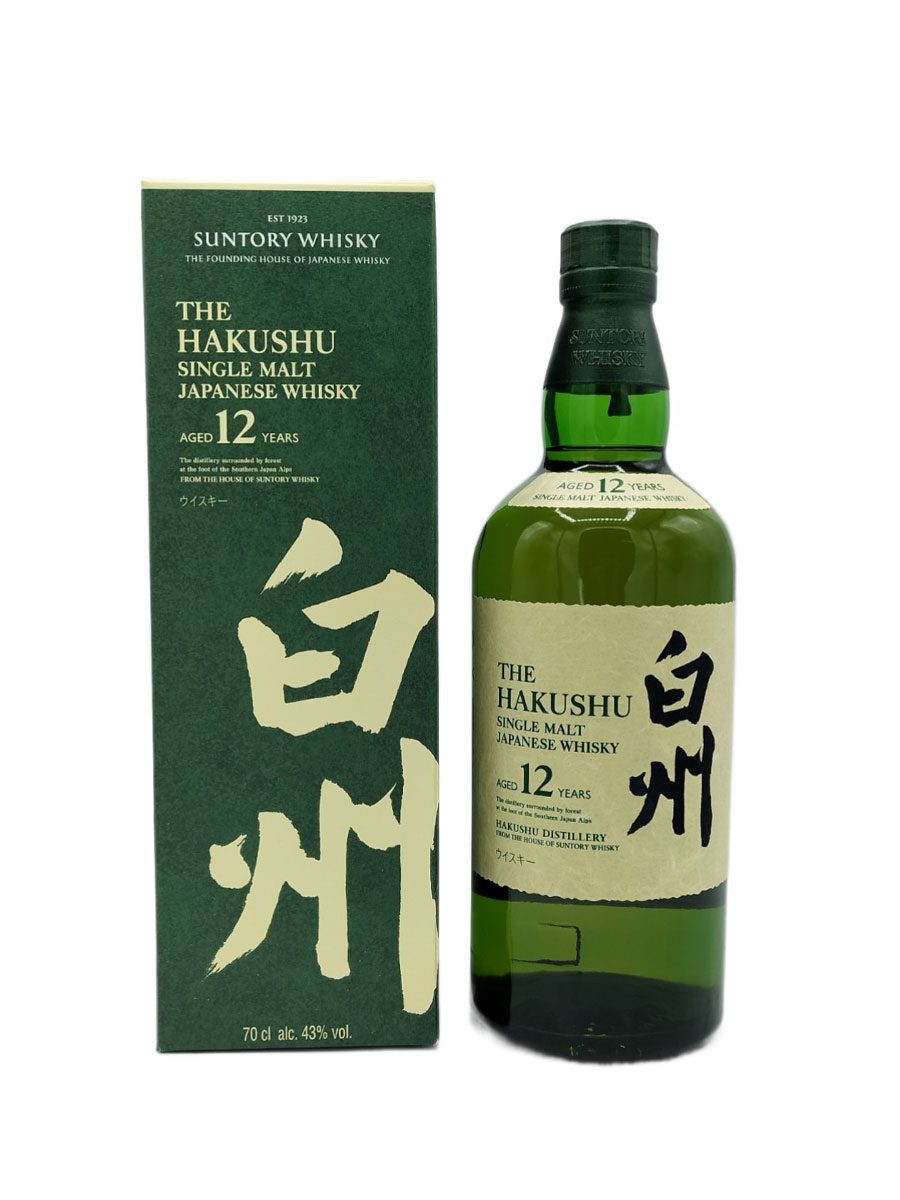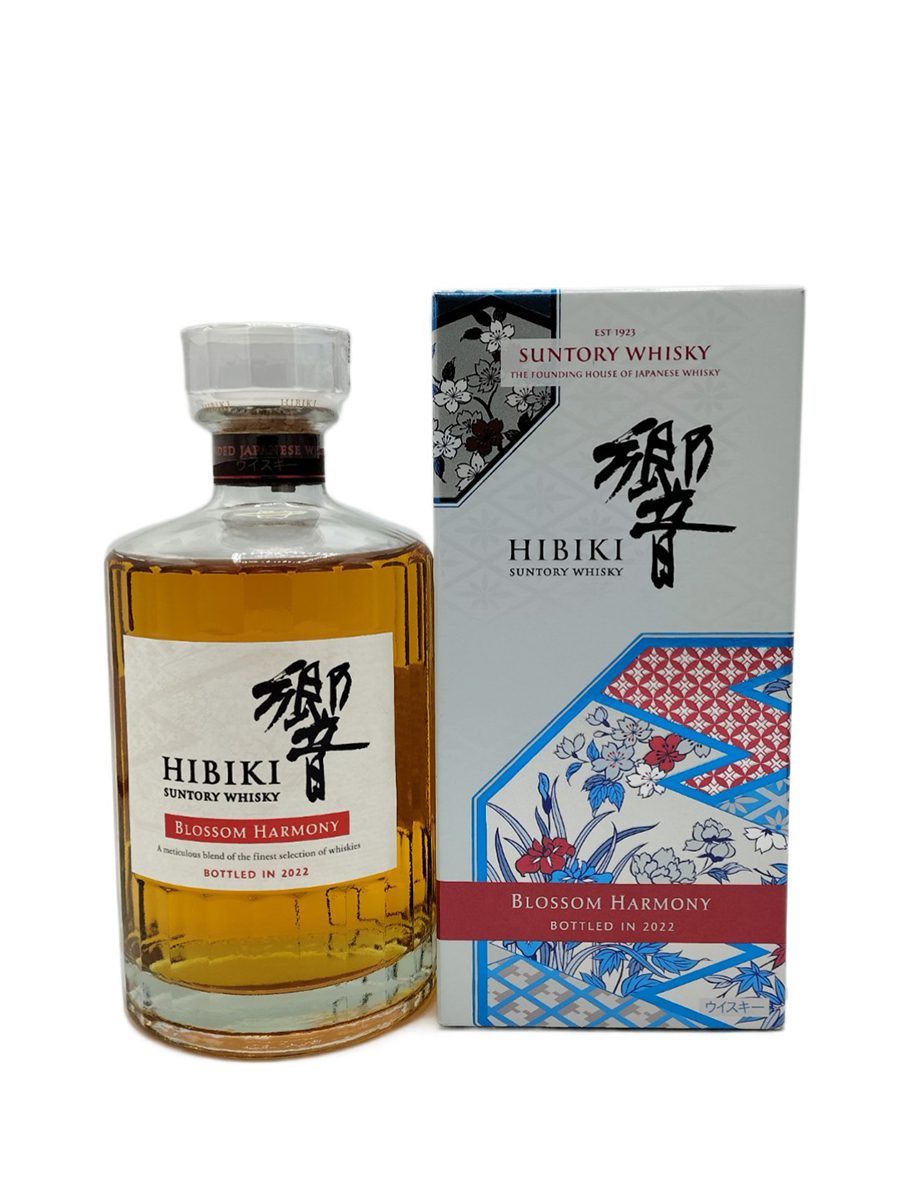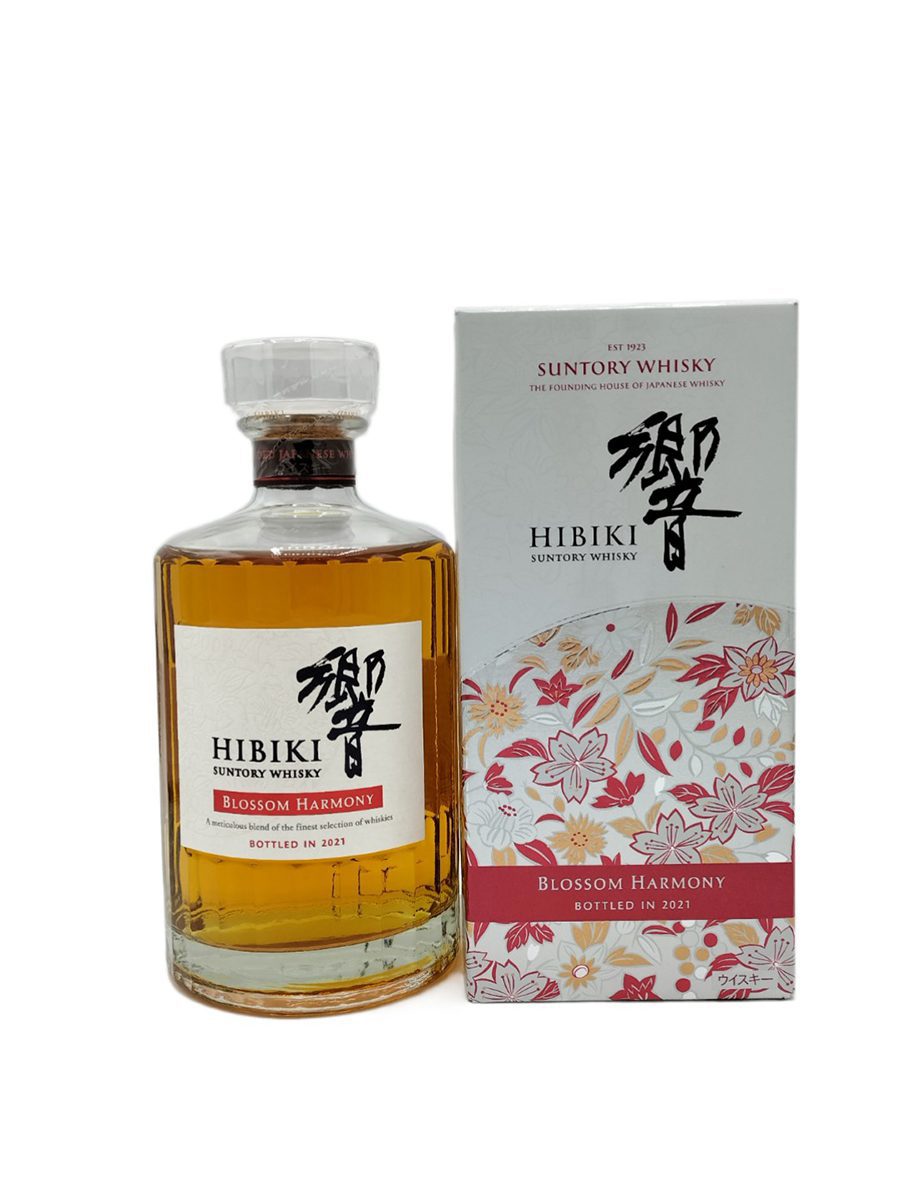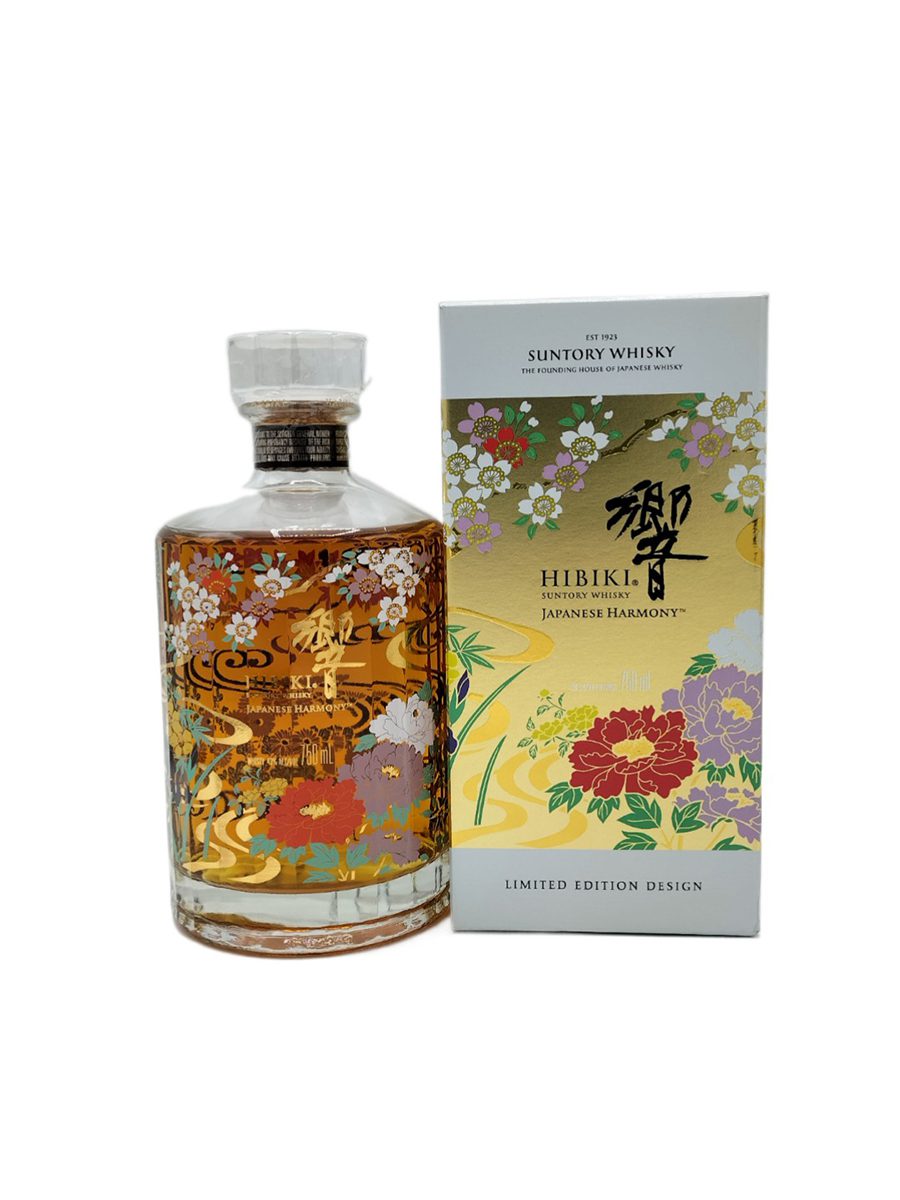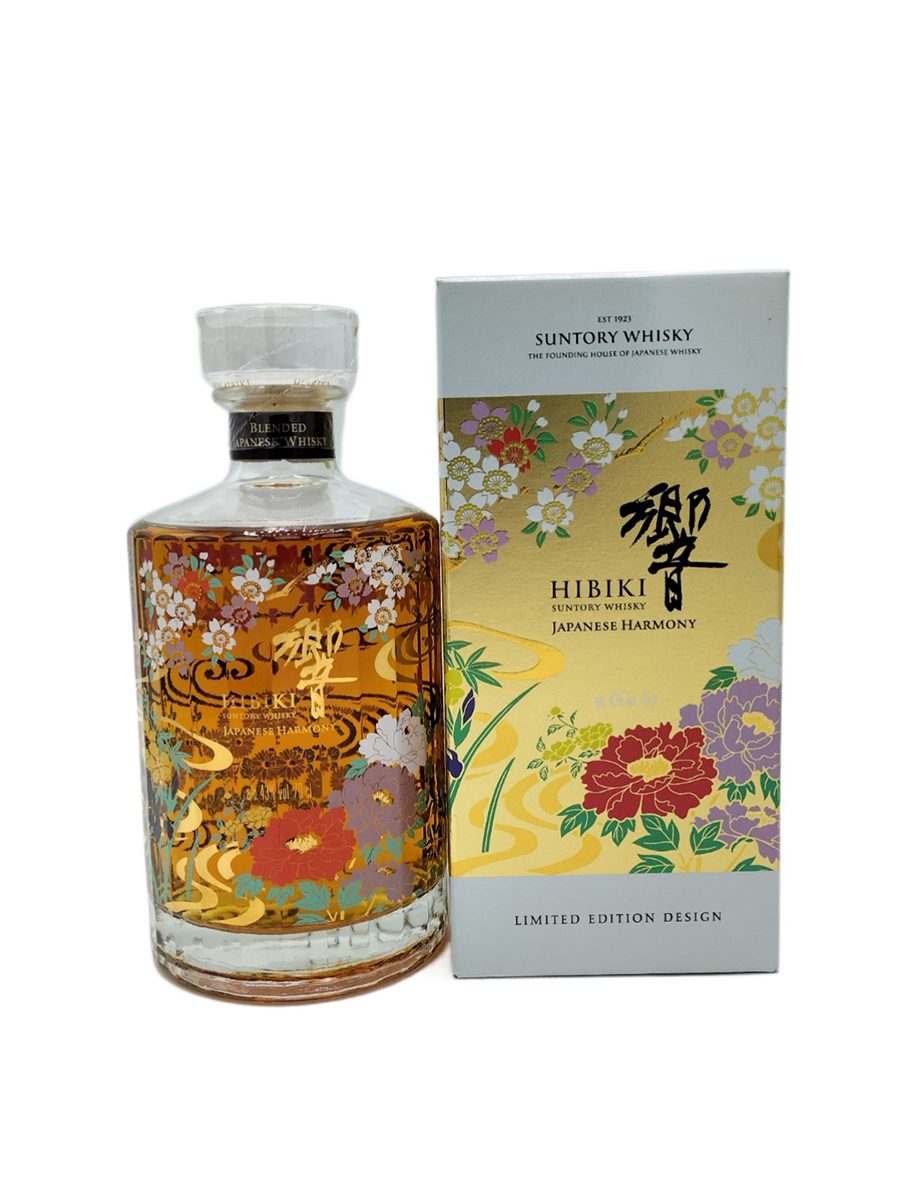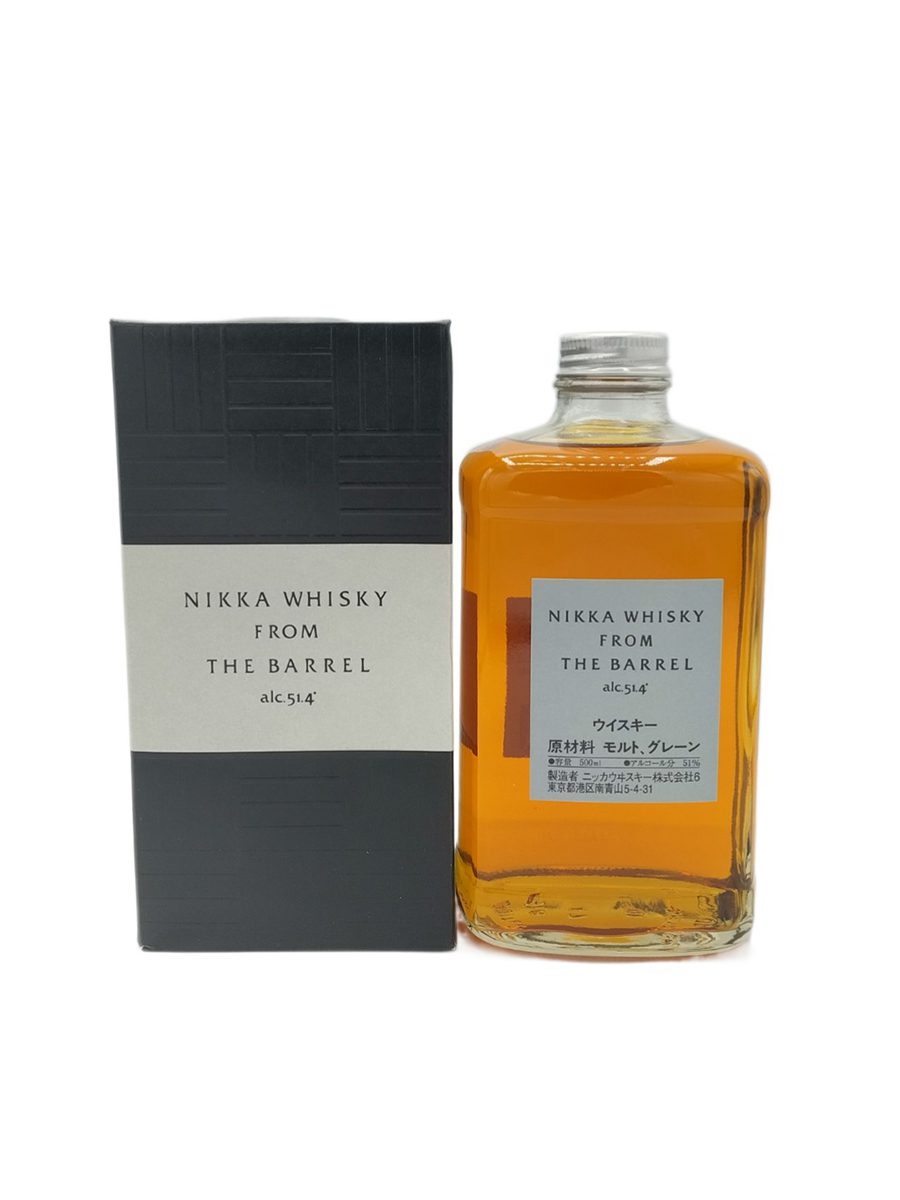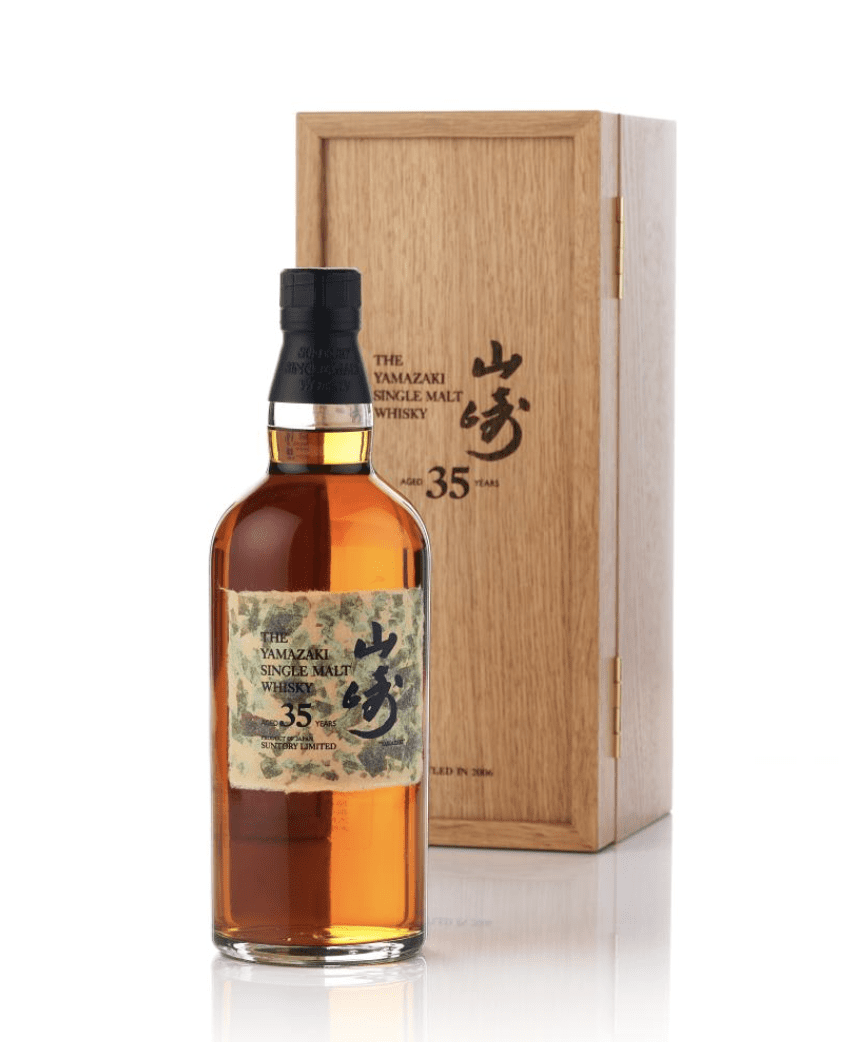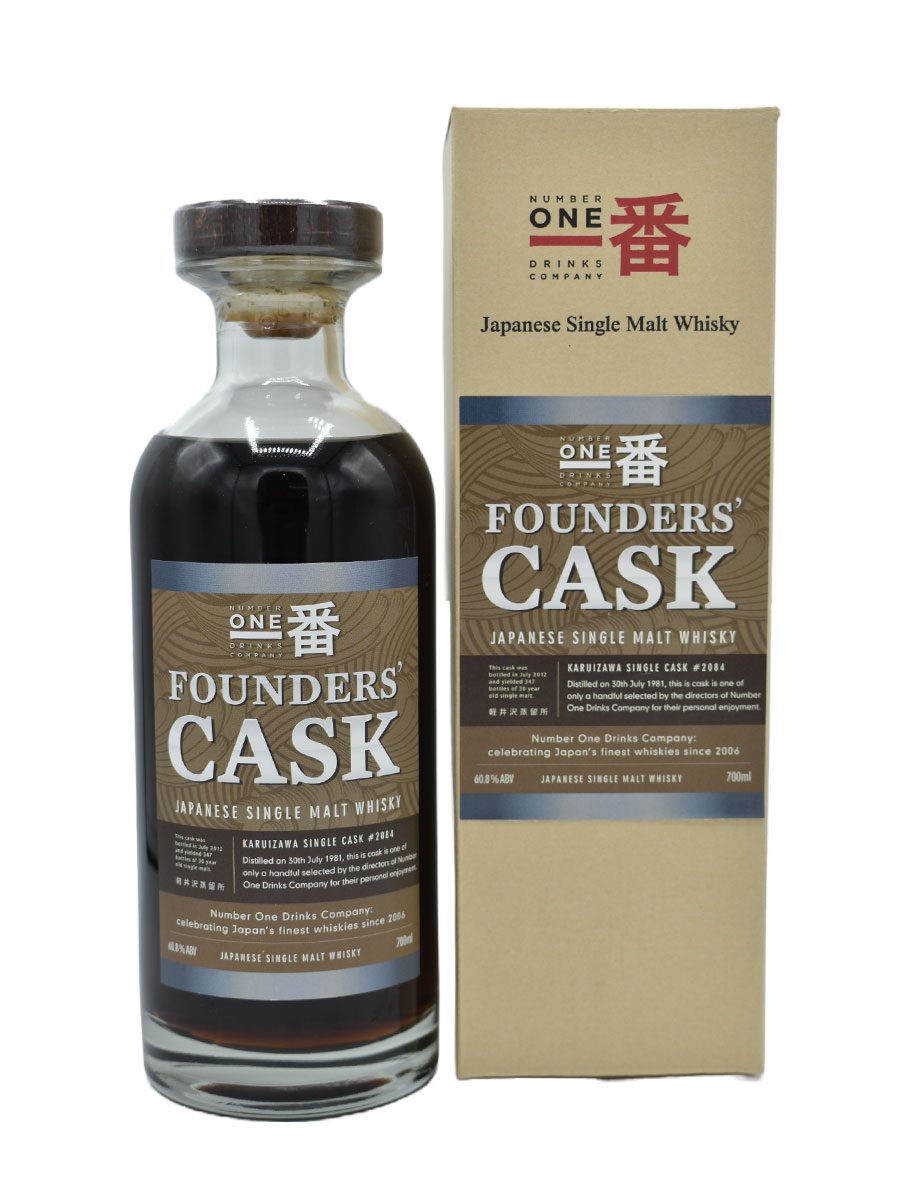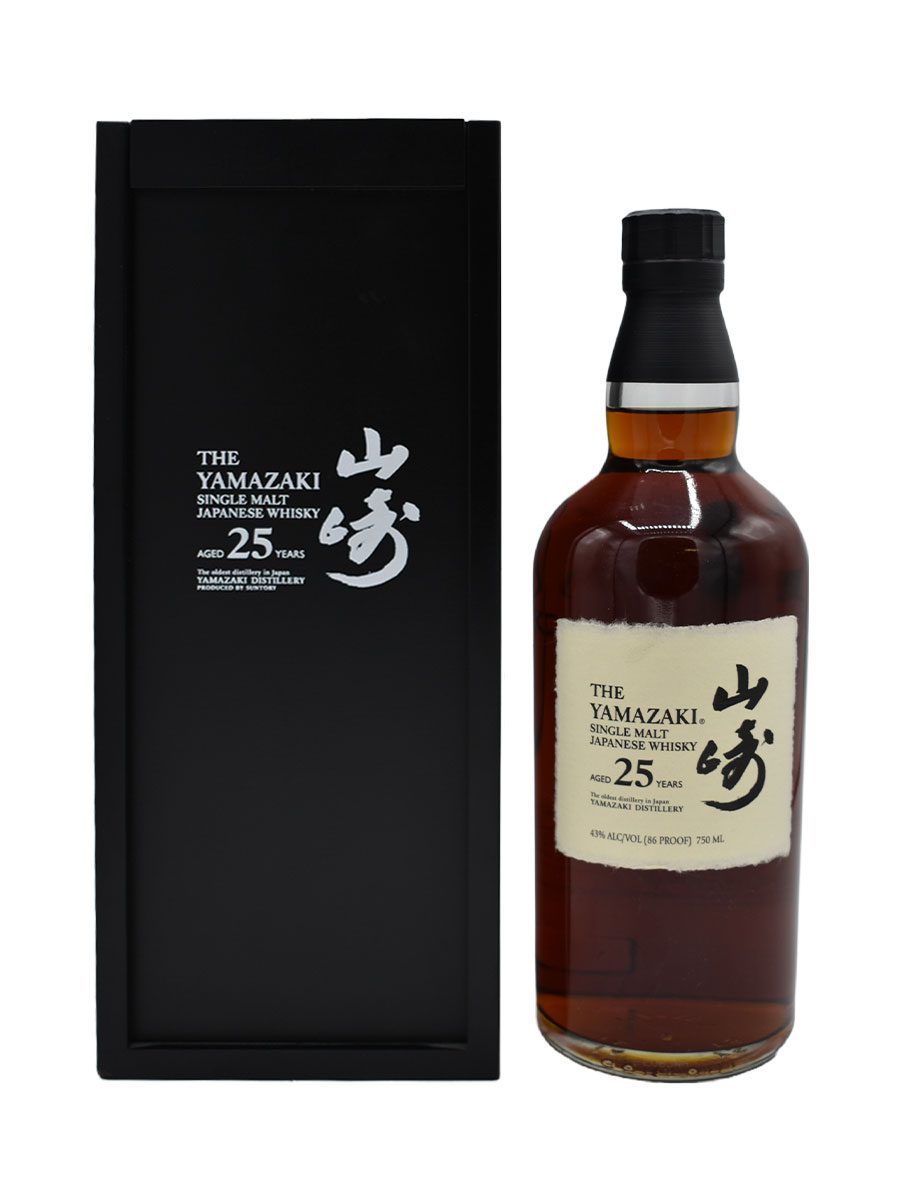Japanese Whisky
What is Japanese Whisky?
During recent decades Japanese whisky has found a unique place in the world. It has achieved sales that were previously unheard of and a reputation for some of the best single malt available. It’s said that whiskey was first produced in Japan in the late 1800s but it wasn’t until the mid-920s that they started producing commercially.
Japan took Scotland’s lead in the development of its whisky profile. Such was their admiration for Scotch that the first distilleries set out to produce a series of blends and single malts that were very close to the style that Scotland is famous for. Indeed, for a long time Scotch was imported from Scotland and blended and rebottled as Japanese. Today there are new rules in place to ensure that whisky that is labelled as Japanese was actually distilled and matured there.
Why is Japanese Whisky so expensive?
Japanese whisky distillers didn’t see the demand for their whisky coming and since they started exporting they have found it almost impossible to keep up with demand. Consequently, some of the most famous bottles are now very rare and expensive while others have had to stop producing them for a while in order to build up stocks. While Japanese whisky started with a Scottish note, the country is becoming much more confident about their style of whisky and their production methods. Quality and excessive attention to detail in the production and packaging of Japanese whisky has helped its value soar.
History of Japanese Whisky
What is the history of Japanese whisky?
In 1918 a Japanese man called Masataka Taketsuru travelled to Scotland to learn how to make whisky. While there he studied chemistry and distilling and amassed a huge amount of knowledge about the whisky industry. His goal was to master the art of whisky making and bring it back to Japan. He wanted to make whisky for Japanese consumers but felt that taking his starting point from Scotland was the correct way to begin. These days he is considered the father of Japanese whisky and his innovations and distilleries forged the success that the country’s whisky industry is experiencing today.
How many Japanese whisky distilleries are there?
There are around eight working whisky distilleries in Japan with a number of others either in planning or being built.
They include:
Chichibu Distillery. Near the city of Chichibu in Saitama Prefecture.
Chita Distillery. Located at the Port of Nagoya.
Fuji Gotemba Distillery. Located at the foot of Mount Fuji in Shizuoka.
Hakushu Distillery. Located in Yamanashi Prefecture.
Miyagikyo Distillery. Located near the city of Sendai.
Shinshu Mars Distillery. Located in Nagano Prefecture.
White Oak Distillery. Located in Hyogo Prefecture.
Yamazaki Distillery. Located between Osaka and Kyoto.
Yoichi Disitllery. Located in Yoichi on the island of Hokkaido.
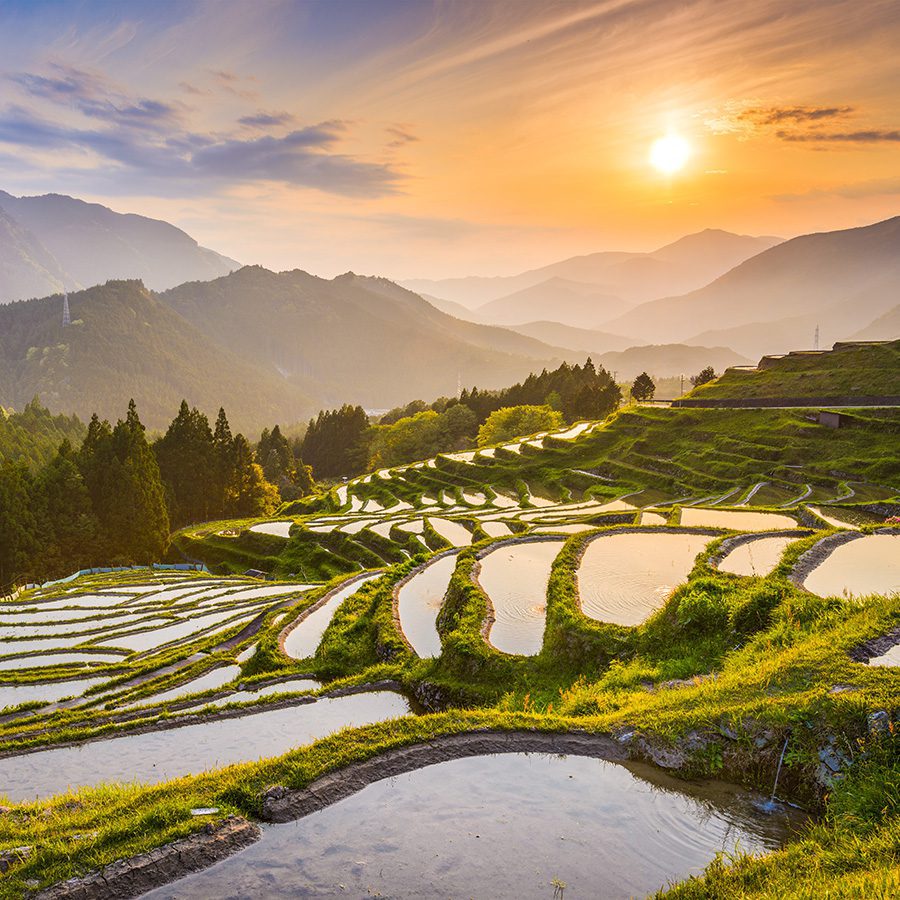
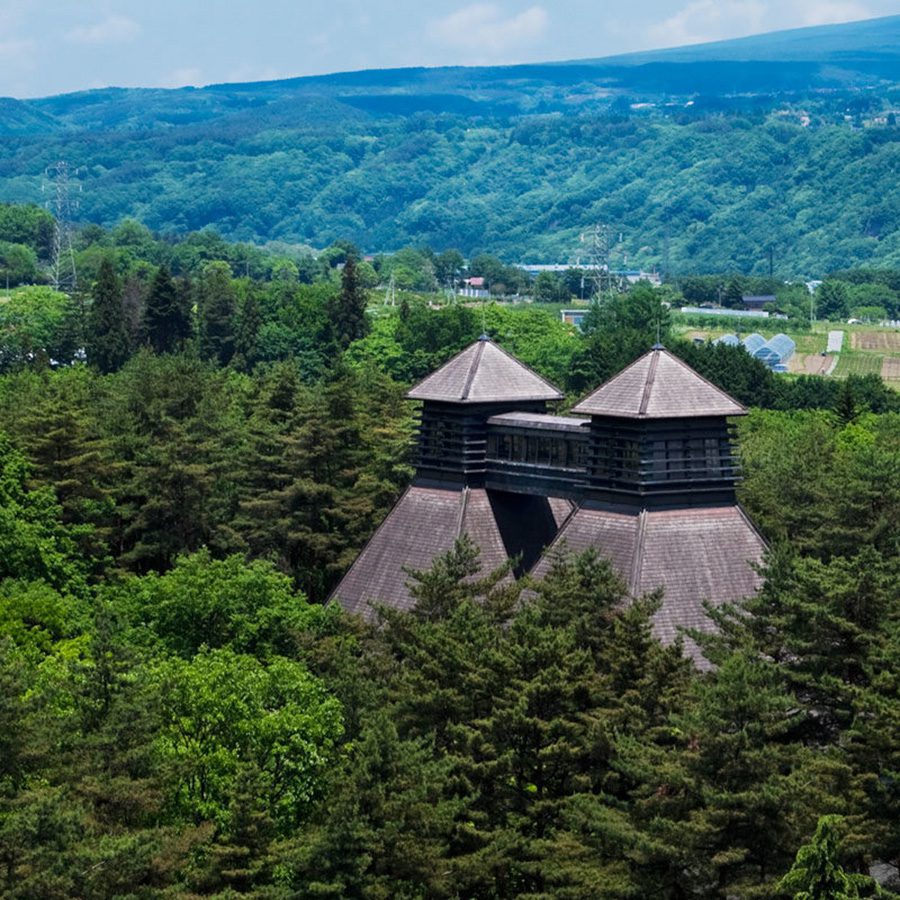
Japanese Whisky Culture
When is whiskey typically drunk?
As with most alcoholic drinks, whisky is most commonly drunk at night in bars and restaurants as well as in people’s homes. They do take whisky with food and experiment with lots of different food types that complement the whisky. You will find great whisky collections in restaurants around the country and chefs respect the partnership between food and whisky.
How is whiskey typically drunk?
Japanese whisky is generally consumed in a similar way to Scotch. They produce many blends which are used in cocktails and single malts which are generally drunk neat or on the rocks as you would with Scotch. They like to consume whisky with soda and ice in a long drink as well as mixing it with warm water in winter.
Who typically drinks Japanese whiskey?
All types of people consume Japanese whisky. It is not confined to any one type of person. As the popularity of the sector grew the Japanese people were very quick to incorporate it into their lifestyles. They also tend to drink whisky with meals which is less common in other countries.
Japanese Whisky brands popular with collectors
Karuizawa Mount Fuji Batch 28
Distilled in 1983 and matured in a sherry butt for nearly three decades, it was bottled as a single cask release by the Number One Drinks Company. It’s a 57.2% cask strength.
Hibiki Japanese Harmony
A blend of differently aged single malts, this non-age statement whisky is bottled at 43%.
Yamazaki Distiller’s Reserve
Yamazaki Distiller’s Reserve is a 43% single malt released to mark the founder’s legacy.
Nikka Miyagikyo Single Malt
This 45% ABV single malt was pridcued at Nikka’s second distillery Miyagikyo and is a fine sherry-influenced release.
Okayama Triple Cask Single Malt
Matured in three cask types – PX Sherry, Brandy and Mizanura, this full-flavored single malt is bottled at 43% at Okayama Distillery.
Featured Bottles
Popular distilleries in Japan
Suntory Japanese Whisky
Suntory is a major Japanese drinks conglomorate. It owns some of the best-known whisky distilleries including Yamazaki, Hakushu and Chita. In addition they produce the Hibiki and Suntory Whisky Toki brands.
Yamazaki is Suntory’s flagship single malt distillery and bottles five aged malts – the Distiller’s Reserve, and a series of 12-, 18-, 25- and 55-year-old vintages. Sold in around 35 countries, it is the most popular whiskey brand in Japan.
Hakushu is located in the forests of Suntory and produces a range of aged smoky and fresh-flavored singe malts. These include the Distiller’s Reserve, a 12-, 25- and 18-year-old.
Chita is a grain whisky distillery and produces product for Suntory’s blends as well as the Chita Single Grain bottling.
Nikka Whisky Distilleries
Nikka is the major rival to Suntory in terms of size, distilleries and output. It owns two distilleries, Yoichi and Miyagikyo Distillery, which produce a range of single grains, single malts and blends.
Yoichi Distillery: Yoichi distillery was built in 1934 and is located near the sea and surrounded by mountains. Its founders were seeking to replicate the climate conditions of Scotland and chose this relatively cool part of Japan with great water sources to develop the distillery.
Miyagikyo Distillery: this second distillery opened in he 1960s and was set in a part of Japan that would offer a different climate but again a great source of water. It produces gran and malt whisky and uses Coffey stills as well as some of the largest pot stills in Japan.
Chichibu Distillery
Chichibu Distillery opened in 2008 and is owned by Venture Whisky Limited. One of the younger distilleries, it is also one of the smallest. Nonetheless, it has managed to create a great name for itself around its cask choice and finish styles.







